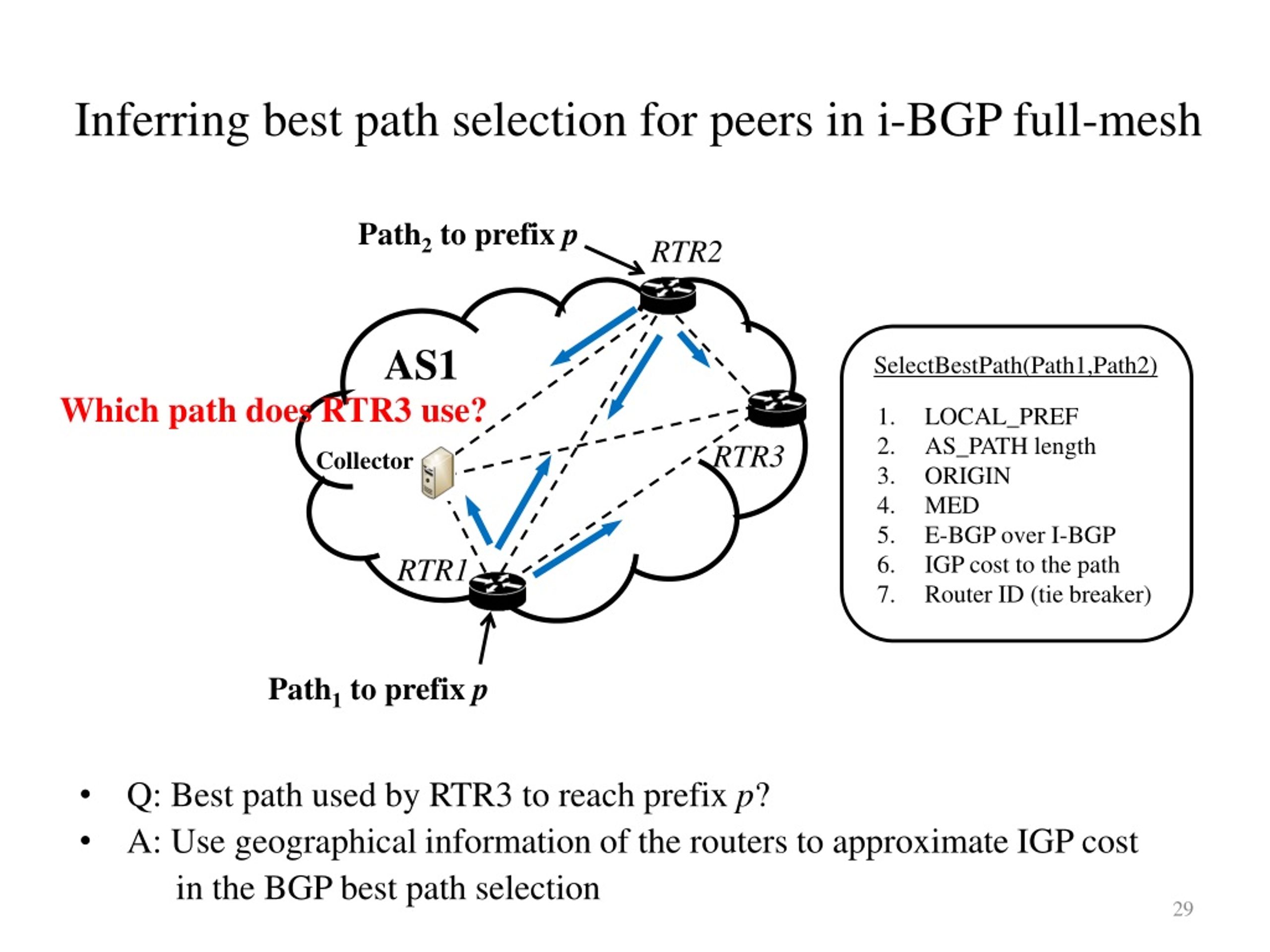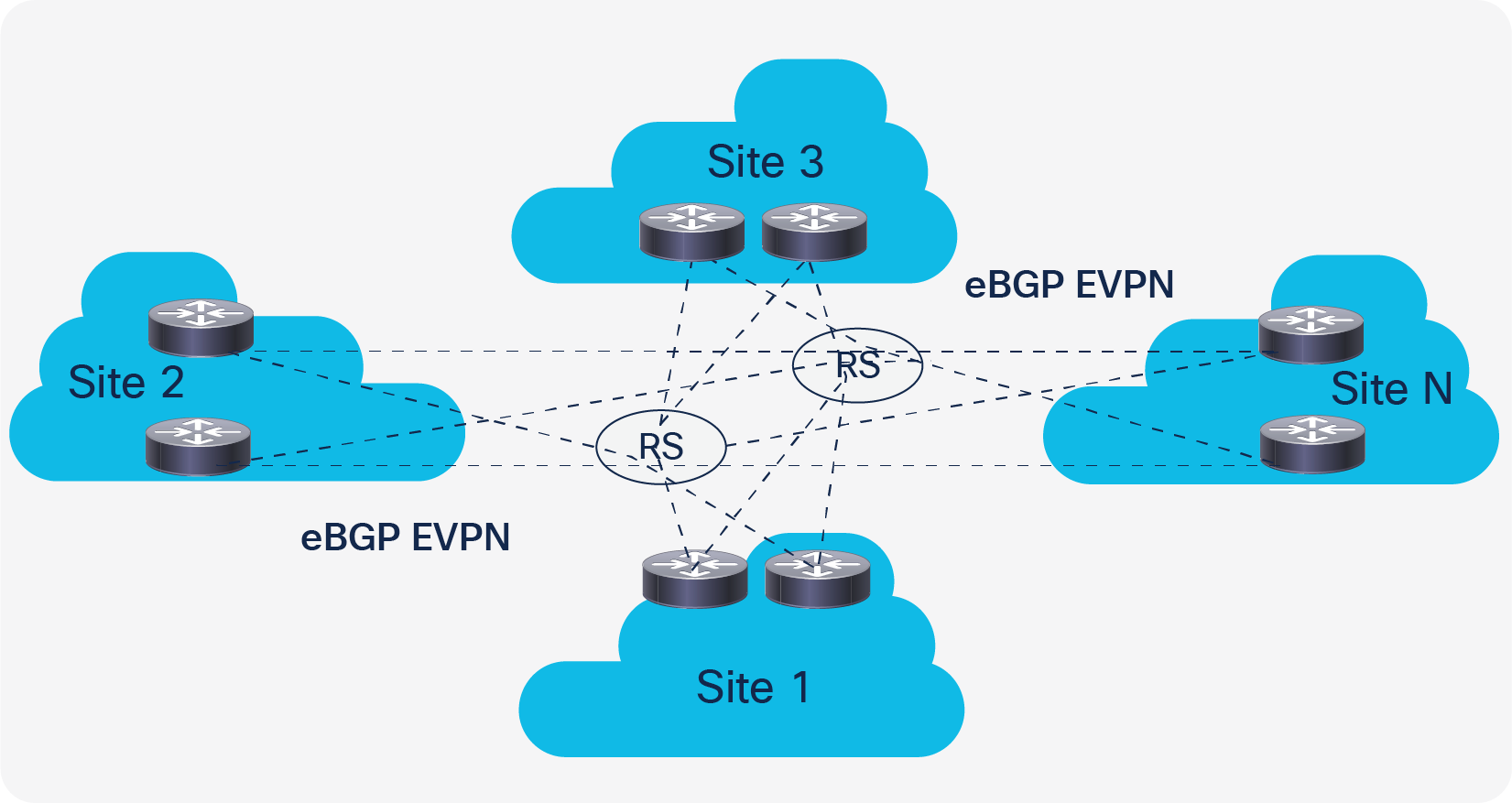

The router will discard the route if it sees its own AS number on the list. To understand BGP Route Reflector, it’s important to understand how iBGP advertises network paths to neighbors.ĮBGP uses the AS_PATH attribute to avoid routing loops. iBGP connects routers within an AS, while External BGP (eBGP) connects routers in different Autonomous Systems. Internet Service Providers (ISPs) and large enterprises use BGP to interconnect Autonomous Systems (AS) and route traffic within an AS.īGP comes in two flavors: internal BGP (iBGP) and external BGP (eBGP). Understanding BGPīorder Gateway Protocol (BGP) is the engine that keeps the whole internet running. To help you get started with BGP Route Reflectors, let’s take a closer look at how they work and provide a walkthrough of a BGP Route Reflector configuration so you can get hands-on with it. Additionally, Route Reflectors simplify network configuration from an iBGP neighborship perspective and improve scalability. BGP Route Reflectors solve this problem and enable full-mesh topology within an AS and route propagation across an AS. However, iBGP routers do not advertise routes learned from iBGP neighbors. In large networks we can avoid an iBGP full mesh by using one of the below.Ĭlick the link or leave a comment for more details.Full mesh network topologies are a vital aspect of resilient networks.

This is acceptable if we are considering a small network, but can be an implementation nightmare in case of large ones.

This may leads to scalability issues, because given N iBGP nodes we need N*(N-1)/2 peering. So a full mesh of iBGP sessions has to be established between all iBGP speakers within the AS for proper routing information propagation. In short R10 will not be aware of R4 or any networks advertised by it. Due to the Split Horizon rule R1 will not send these routes to its iBGP peer R10, as it received these routes from its iBGP peer. R3 will advertise these routes to its iBGP peers R1 and R2. This mechanism is hardcoded into BGP and cannot be disabled for the reasons explained above.Ĭonsider that routes are exchanged between eBGP peers R3 and R4. This is split horizon rule and is used within an AS to prevent loops.
Bgp full mesh update#
Split Horizon Rule: When a router receives an UPDATE message from an iBGP peer, the receiving router shall not re-distribute the routing information contained in that UPDATE message to its iBGP peers. So to prevent all this we have the BGP Split Horizon Rule. As a result in the AS there would still be present an advertisement for a prefix that is not existing anymore. Also if the originator node withdraws the BGP advertisement, in absence of control mechanisms, the node could be fooled by a copy of advertisement received by another node and re-advertise the just withdrawn IP prefix. This may lead to routing loops within an AS. But within an AS, the AS_PATh attribute is never changed, so there is no way to check if it is a new route advertisement or it traversed the router and came back through another peer. A router will not accept a route from an eBGP peer if the AS_PATH attribute contains its AS number.

When routes are exchanged between eBGP peers, BGP uses the AS_PATH attribute to avoid routing loops.


 0 kommentar(er)
0 kommentar(er)
